Work Package 4: International upscaling
Work Package 4 (WP4) aims at increasing the engagement of governments, donors and funders to put improving water productivity higher on the global agenda. Technical and communication material will be developed building on WaPOR applications and case studies developed by WP1-3. WP4 communicates how water productivity improvement goes beyond biophysical improvement and links to socio-economic dimensions. It makes explicit the trade-offs intrinsic to various kinds of decision-making and priority setting related to agriculture and water management.
In order to strengthen the link with the international agenda (Sustainable Development Goals (SDGs) and other relevant reporting frameworks), WP4 focuses on repackaging the case studies and tools developed in other work packages to support reporting on SDG 6.4, to which FAO is custodian agency, as well as other internationally relevant themes such as drought and dryland farming. A digital library of application examples will be made available through the WaPOR portal. WaPOR will be enriched with "stories" to illustrate how the database is used for different applications, building also on examples developed under WP 1-3. Specific activities will target stakeholders at the national and international level, the donor community and finance institutions.
WP4 will help increase the visibility of WaPOR and the importance of water productivity in key international events and fora. It will share the preliminary results with International Finance institutions (World Bank, Asian Development Bank, African Development Bank, Islamic Development Bank, and others) and partners (USAID, SIDA, JICA, GIZ, UN agencies, and others) to spread the concept of 25% water productivity improvement. This will lead to increased institutional and financial support to upscale key solutions on 25% water productivity improvement to achieve the SDGs, especially in vulnerable countries.
Activities and Outputs
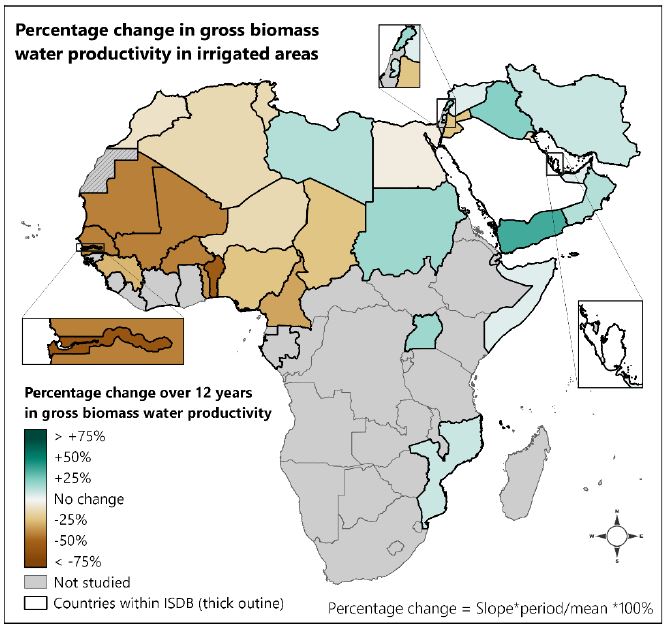
Trends in water consumption, production and water productivity in IsDB member countries
This report provides an overview of changes in agricultural indicators from 2009 to 2020 in a selection of Islamic Development Bank member countries. The data can also be viewed interactively in Google Earth Engine. The data includes the following agricultural indicators: actual evapotranspiration and interception (AETI), total biomass production, gross biomass water productivity, reference evapotranspiration (RefET), precipitation (P), AETI/RefET and AETI/P over irrigated or rainfed areas.
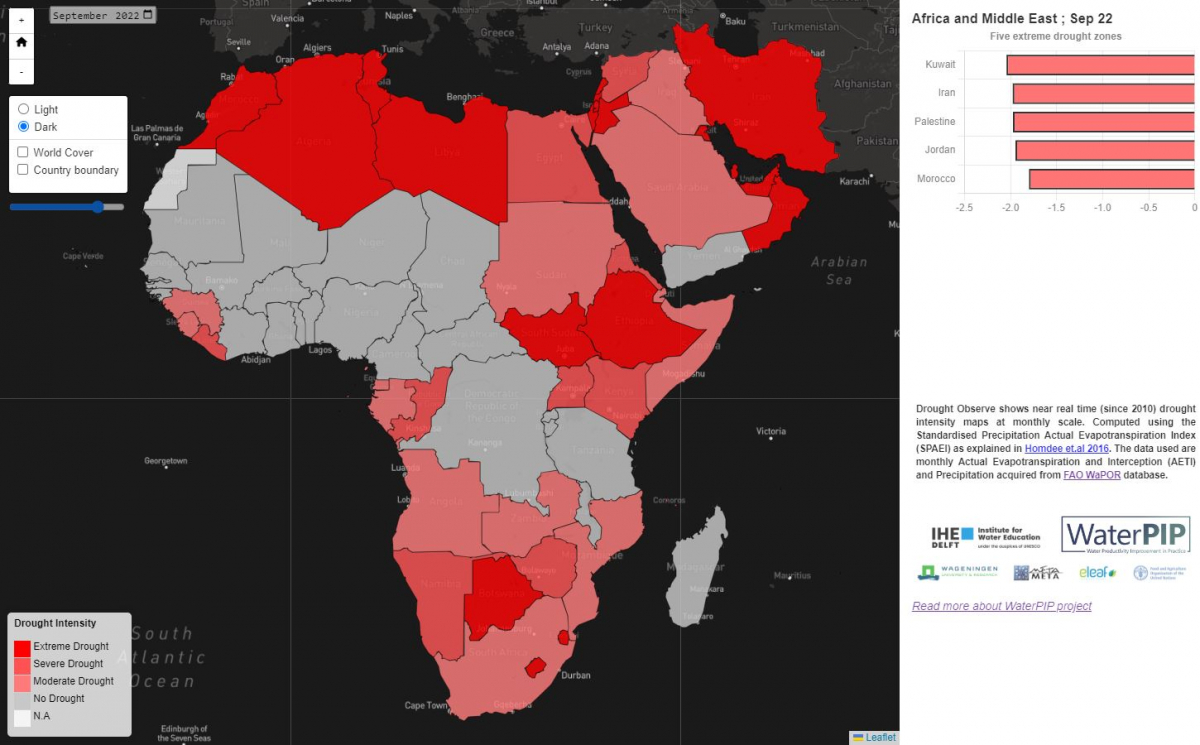
This interactive dashboard provides near-real-time drought monitoring for Africa and MENA region using FAO WaPOR datasets. More information can be found here.
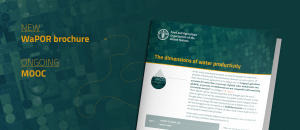
WaPOR Brochure on Dimensions of Water Productivity
This brochure showcases four different water productivities (biophysical, economic, social and nutritional) and illustrates their usefulness and potential uses with a series of case studies. The brochure also seeks to show how remote sensing, including WaPOR data, can provide near real time input data for the monitoring of these different productivities at a variety of scales.
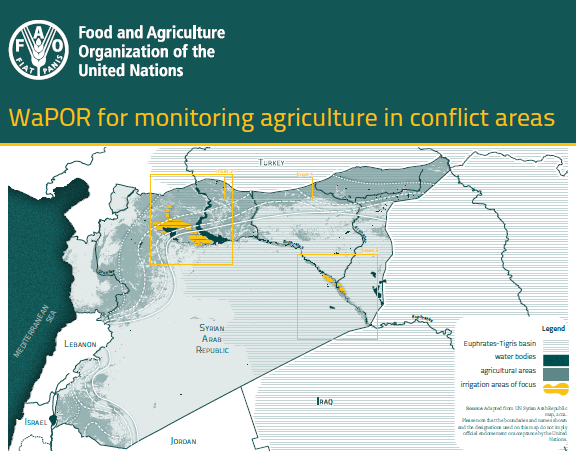
This catalogue of applications, brought to you by FAO, is a repository of case studies and resources created to foster a better understanding of the multiple ways in which WaPOR data can be used. It highlights applications of WaPOR from around the world. Browse the catalogue and search for the applications that best match your needs.
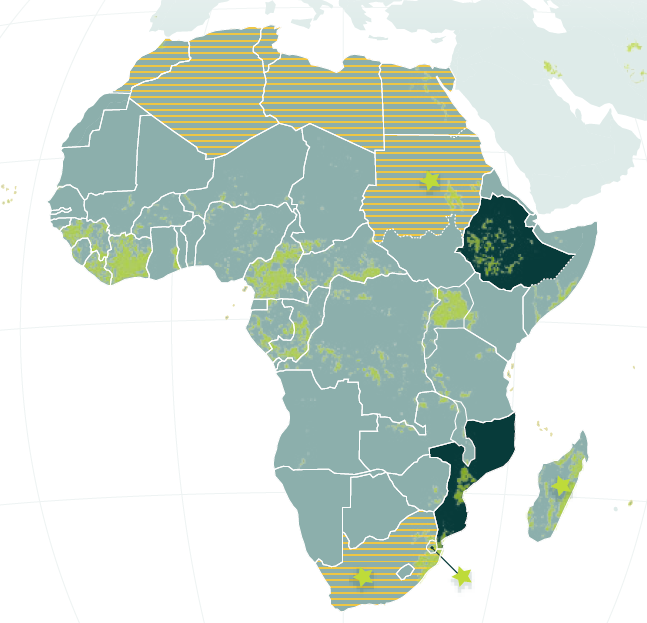
Water productivity using WaPOR: The case of sugarcane
This story highlights how WaPOR can be used in sugarcane farming to make informed decisions with the goal of increasing productivity at a local scale. It highlights case studies in Ethiopia and Mozambique and details how different water productivity indicators are calculated. A map story was created in FAO's Hand in Hand geospatial platform.
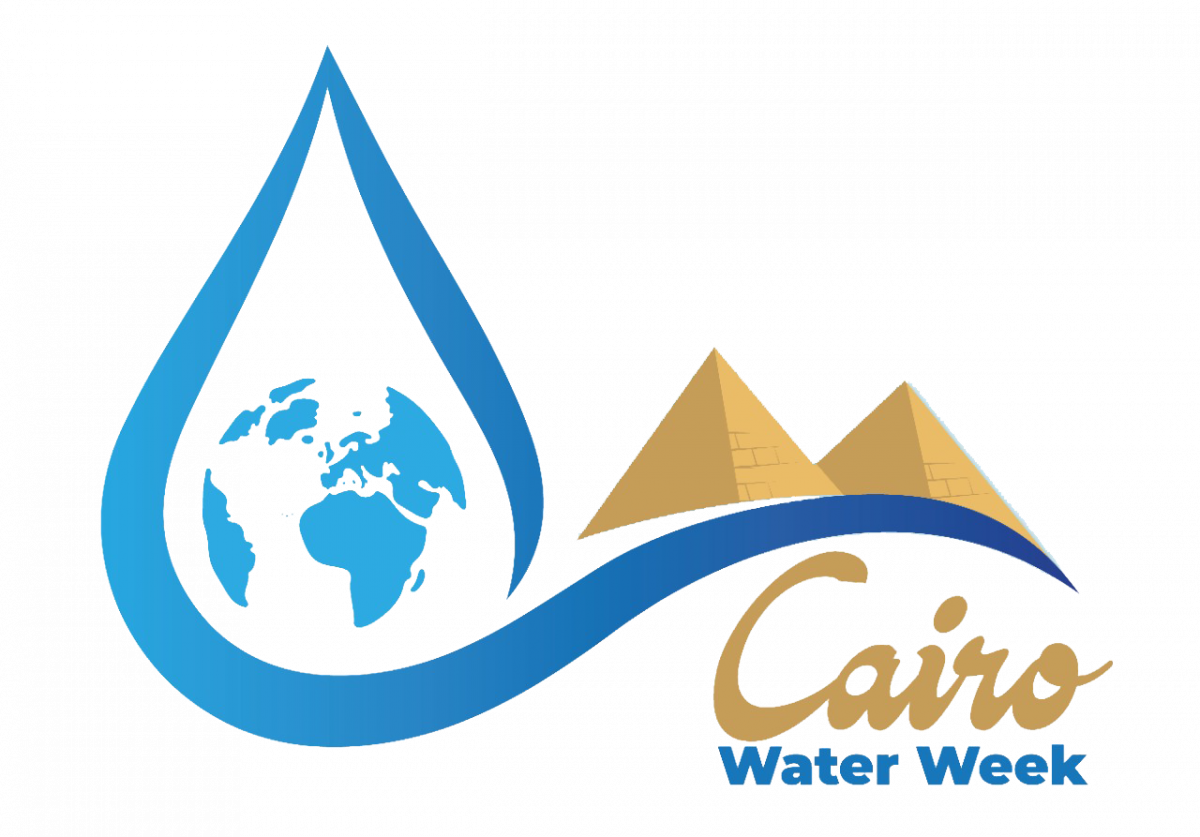
The WaterPIP Project will host a session at Cairo Water Week 2021 on Water Productivity Improvement in Practice: from remote sensing data at multiple geographical scales. The session will explore a range of water productivity indicators based on remote sensing data for possible improvement at various geographical scales. At the country level, gross biomass water productivity indicators will be compared to actual and reference evapotranspiration, sourced from remote sensing water data for a 10 years period (2009-2019) for 20 countries of the League of Arab States from the FAO WaPOR portal. You can register for free on the Cairo Water Week website.
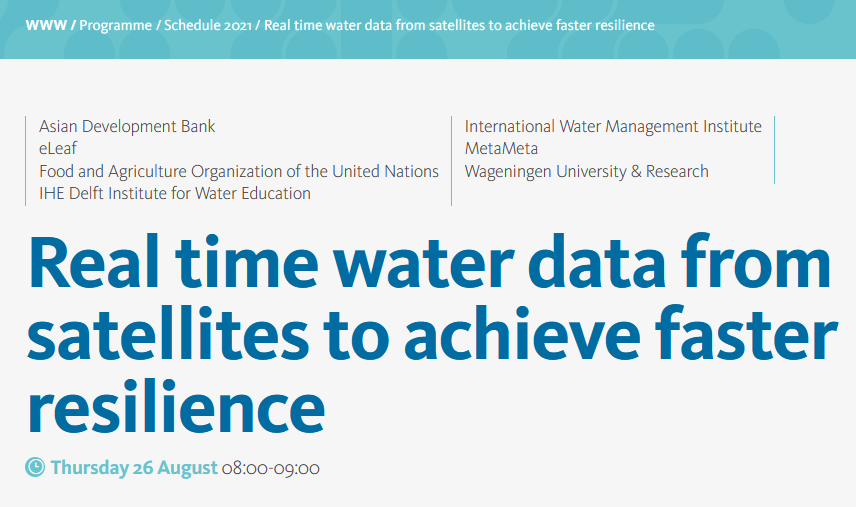
The WaterPIP Project presented a session at World Water Week 2021 on the topic "Real time water data from satellites to achieve faster resilience". This session focused on methodologies which use near real-time remote sensing data to support building resilience in the agricultural sector, with the goal of showing that improvements in water productivity translate into increased agricultural production with reduced water consumption. Conclusions and resources can be found on the World Water Week website, and you can watch the recording of the session on FAO's YouTube channel.
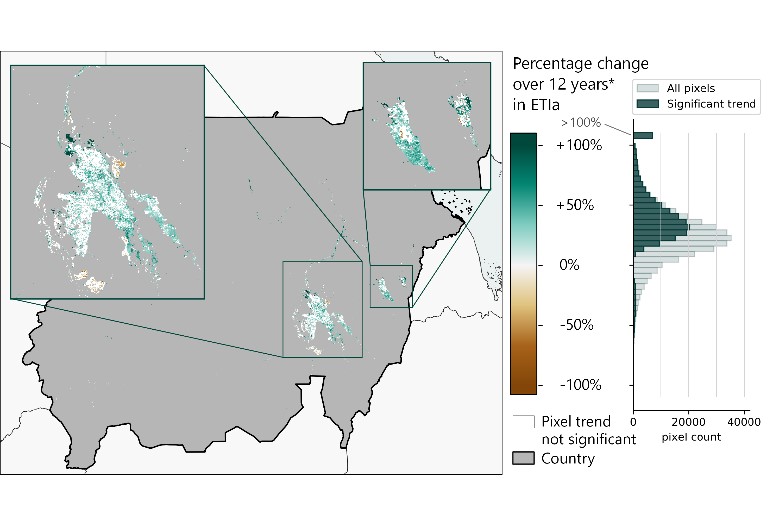
Change in agricultural indicators 2009-2020
This web-based app provides the average value of six agricultural indicators over the period 2009-2020 and the percentage change over the period based on WaPOR data. You can find the web-based application here.
